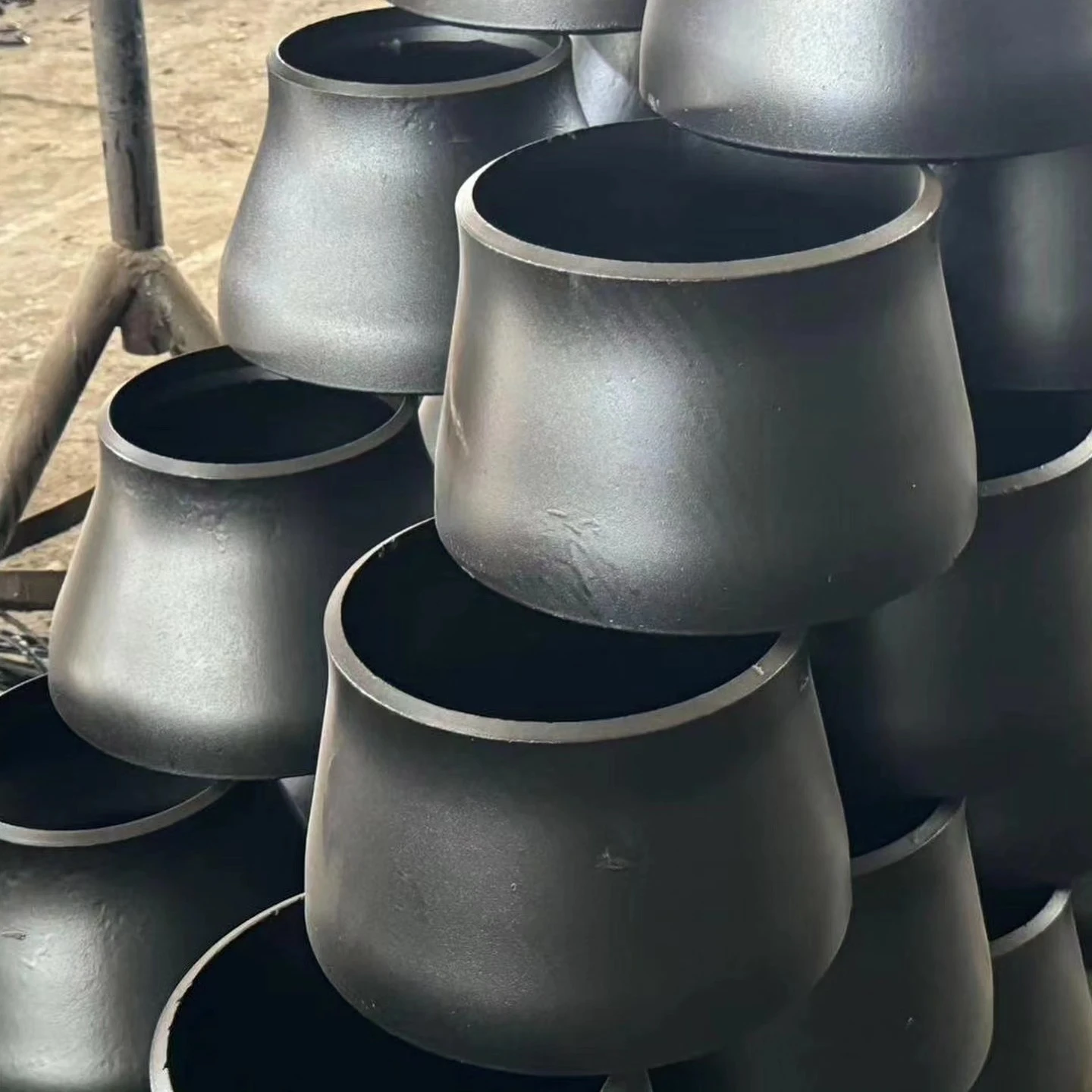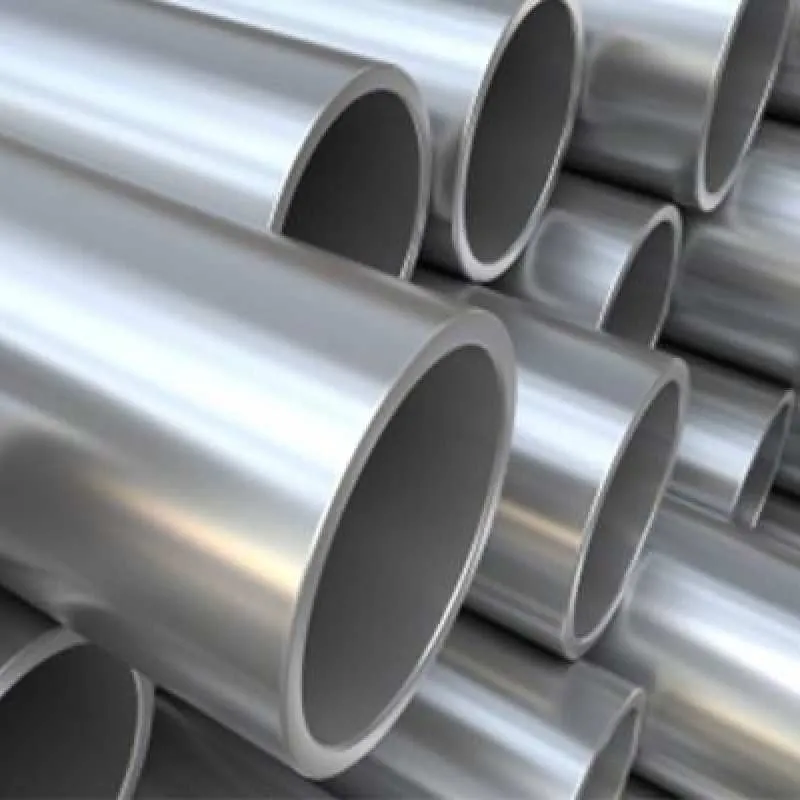-
Cangzhou Yulong Steel Co., Ltd.
-
Phone:
+86 13303177267 -
Email:
admin@ylsteelfittings.com
- English
- Arabic
- Italian
- Spanish
- Portuguese
- German
- kazakh
- Persian
- Greek
- French
- Russian
- Polish
- Thai
- Indonesian
- Vietnamese
- Zulu
- Korean
- Uzbek
- Hindi
- Serbian
- Malay
- Ukrainian
- Gujarati
- Haitian Creole
- hausa
- hawaiian
- Hebrew
- Miao
- Hungarian
- Icelandic
- igbo
- irish
- Japanese
- Javanese
- Kannada
- Khmer
- Rwandese
- Afrikaans
- Albanian
- Amharic
- Armenian
- Azerbaijani
- Basque
- Belarusian
- Bengali
- Bosnian
- Bulgarian
- Catalan
- Cebuano
- China
- China (Taiwan)
- Corsican
- Croatian
- Czech
- Danish
- Esperanto
- Estonian
- Finnish
- Frisian
- Galician
- Georgian
- Kurdish
- Kyrgyz
- Lao
- Latin
- Latvian
- Lithuanian
- Luxembourgish
- Macedonian
- Malgashi
- Malayalam
- Maltese
- Maori
- Marathi
- Mongolian
- Myanmar
- Nepali
- Norwegian
- Norwegian
- Occitan
- Pashto
- Dutch
- Punjabi
- Romanian
- Samoan
- Scottish Gaelic
- Sesotho
- Shona
- Sindhi
- Sinhala
- Slovak
- Slovenian
- Somali
- Sundanese
- Swahili
- Swedish
- Tagalog
- Tajik
- Tamil
- Tatar
- Telugu
- Turkish
- Turkmen
- Urdu
- Uighur
- Welsh
- Bantu
- Yiddish
- Yoruba

2월 . 19, 2025 08:44 Back to list
DIN2527 BLIND FLANGE
Understanding the intricacies of DIN flange sizes can be a game-changer for professionals dealing with piping systems. These components are vital in ensuring the secure connection of pipes, valves, pumps, and other essential equipment. As industries evolve, so does the technical know-how required to select the appropriate DIN flange size for any application. This article offers a comprehensive guide by diving into practical insights, expert recommendations, authoritative data, and trusted industry standards, ensuring you make informed decisions.
Authoritative sources point to guidelines such as the DIN EN 1092-1, which provides extensive details on the dimensions and mechanical properties of DIN flanges. Adhering to these standards guarantees conformity, quality control, and international acceptance of the products. Manufacturers often rely on these guidelines to ensure their products' interchangeability and compliance with global norms, offering assurances to project managers and engineers alike. Trustworthiness in selecting the right DIN flange size is bolstered by tried and tested processes. Engaging a certified manufacturer with a proven track record of producing DIN-compliant flanges can alleviate uncertainties while ensuring parts are made with precision and care. Additionally, third-party inspections can verify material certifications and dimensional accuracy, offering further peace of mind. Equipped with knowledge from expert insights and backed by authoritative standards, selecting the proper DIN flange size becomes a structured approach rather than a daunting task. The fusion of practical experience, technical foresight, regulatory compliance, and comprehensive quality checks forms a robust foundation for making informed decisions in dynamic industrial environments. As industries advance, staying abreast with evolving standards and technological innovations is essential for optimizing system performance and safeguarding interests. For professionals intent on mastering DIN flange specifications, continual learning is crucial. Participating in industry workshops, collaborating with seasoned professionals, and keeping up-to-date with new editions of standards can significantly enhance expertise. Such lifelong learning ensures the right balance between theoretical knowledge and practical skills, a key asset in the ever-changing landscape of industrial applications.


Authoritative sources point to guidelines such as the DIN EN 1092-1, which provides extensive details on the dimensions and mechanical properties of DIN flanges. Adhering to these standards guarantees conformity, quality control, and international acceptance of the products. Manufacturers often rely on these guidelines to ensure their products' interchangeability and compliance with global norms, offering assurances to project managers and engineers alike. Trustworthiness in selecting the right DIN flange size is bolstered by tried and tested processes. Engaging a certified manufacturer with a proven track record of producing DIN-compliant flanges can alleviate uncertainties while ensuring parts are made with precision and care. Additionally, third-party inspections can verify material certifications and dimensional accuracy, offering further peace of mind. Equipped with knowledge from expert insights and backed by authoritative standards, selecting the proper DIN flange size becomes a structured approach rather than a daunting task. The fusion of practical experience, technical foresight, regulatory compliance, and comprehensive quality checks forms a robust foundation for making informed decisions in dynamic industrial environments. As industries advance, staying abreast with evolving standards and technological innovations is essential for optimizing system performance and safeguarding interests. For professionals intent on mastering DIN flange specifications, continual learning is crucial. Participating in industry workshops, collaborating with seasoned professionals, and keeping up-to-date with new editions of standards can significantly enhance expertise. Such lifelong learning ensures the right balance between theoretical knowledge and practical skills, a key asset in the ever-changing landscape of industrial applications.
Next:
Latest news
-
ANSI 150P SS304 SO FLANGE
NewsFeb.14,2025
-
ASTM A333GR6 STEEL PIPE
NewsJan.20,2025
-
ANSI B16.5 WELDING NECK FLANGE
NewsJan.15,2026
-
ANSI B16.5 SLIP-ON FLANGE
NewsApr.19,2024
-
SABS 1123 FLANGE
NewsJan.15,2025
-
DIN86044 PLATE FLANGE
NewsApr.19,2024
-
DIN2527 BLIND FLANGE
NewsApr.12,2024
-
JIS B2311 Butt-Welding Fittings LR/SR 45°/90° /180°Seamless/Weld
NewsApr.23,2024










